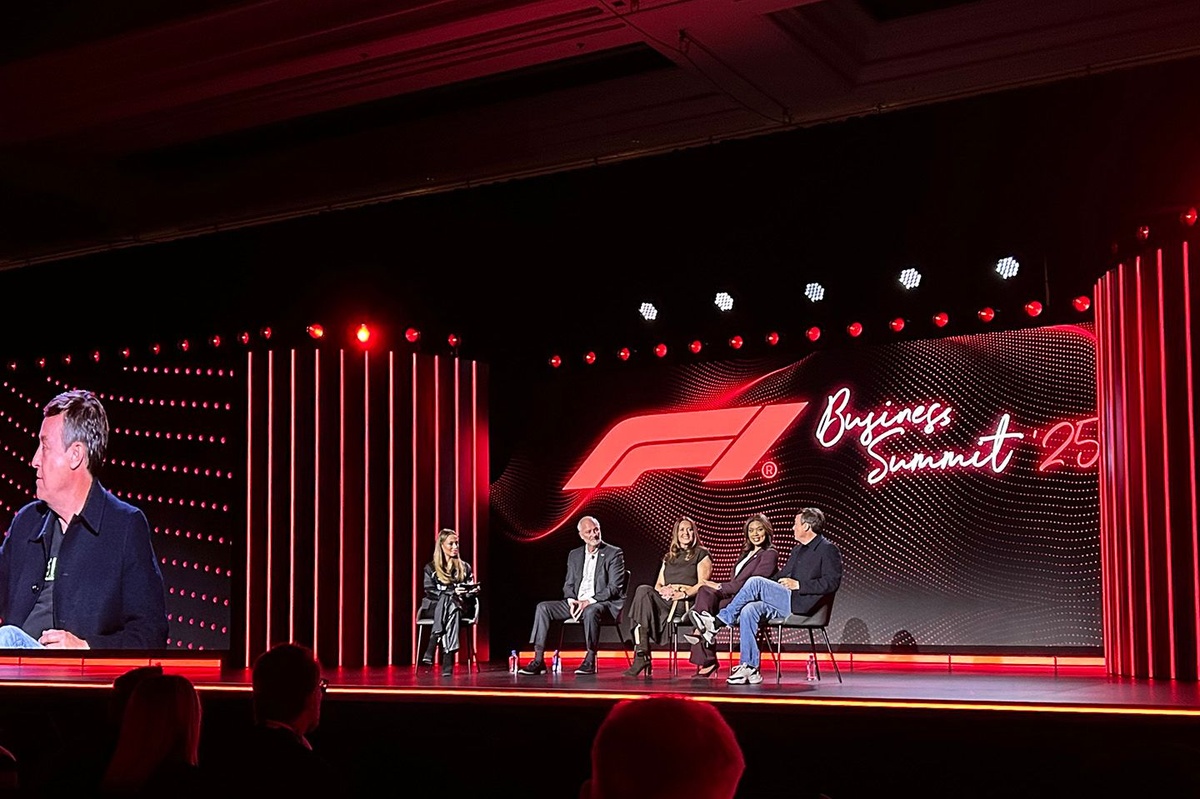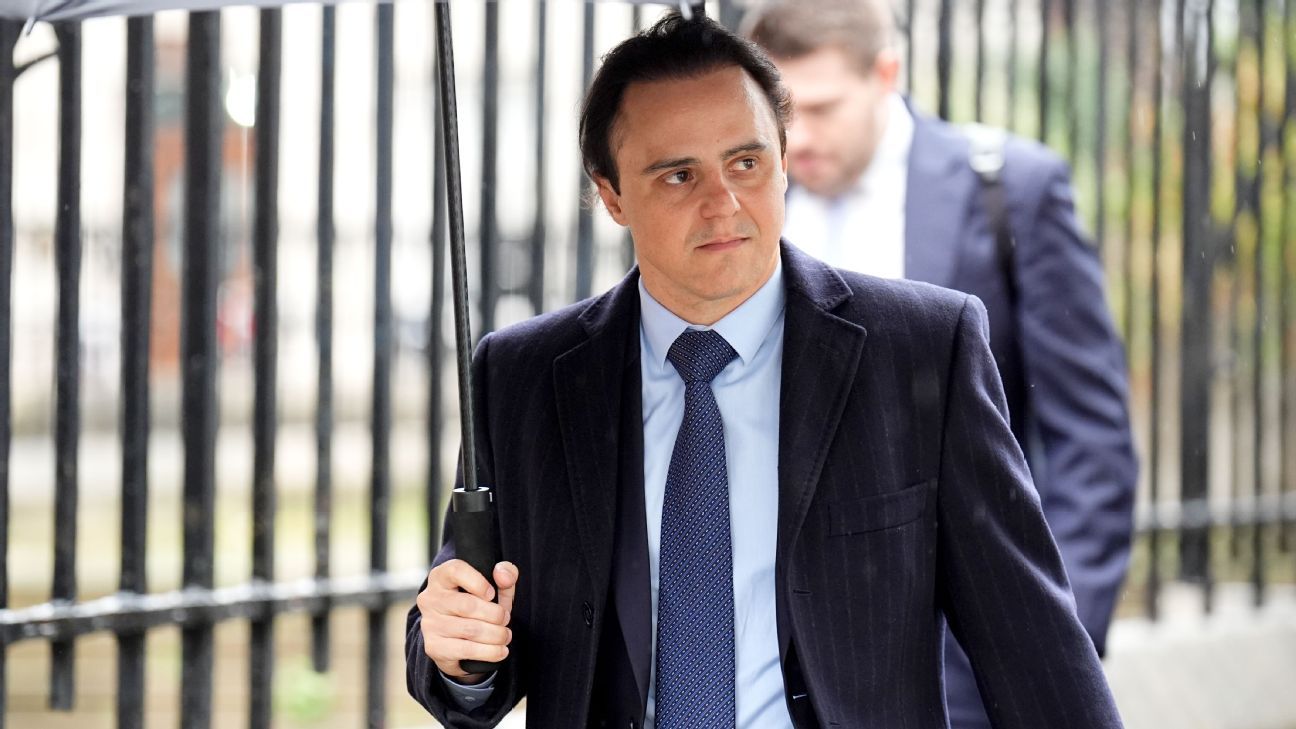Las Vegas Hosts Groundbreaking F1 Business Summit
Las Vegas, often dubbed the capital of entertainment and sport, has taken the Formula 1 world by storm, hosting the inaugural F1 Business Summit on the eve of the Grand Prix. Key figures from the motorsport, supplemented by leaders from diverse sports like the Women’s NBA and NFL, gathered to discuss the future of F1 and its relationship with fans.
Fan Focus Takes Centre Stage
Relevance and Engagement in a New Era
At the summit, the buzzwords dominating discussions were relevance, authenticity, and the importance of constant communication with fans. F1 CEO Stefano Domenicali highlighted the necessity of listening to American audiences in a bid to enhance F1’s presence in the substantial US market. “We need to keep listening and react. We have to be socially relevant in the US,” he asserted, emphasizing the need for new strategies to engage fans.
Innovative Partnerships
Engagement strategies were a central theme, particularly the pioneering partnerships F1 is establishing with major companies such as Disney, Lego, and Apple. Emily Prazer, Chief Commercial Officer at F1, elaborated on how these collaborations have reshaped F1’s approach to reaching new audiences, particularly those drawn through the popular Netflix series Drive to Survive.
“Licencing has been quite an untapped category for us,” Prazer explained. “We wanted to figure out how to reach the biggest possible audience; the new fans that have found the sport through Drive to Survive. If we engage them correctly, they will become lifelong supporters.”
Storytelling as a Priority
The discussion also emphasized the need for “always on” storytelling to maintain fan engagement. Tasia Filippatos, President of Disney Consumer Products, stressed the shift in brand-consumer relationships: “The days when you wait for the consumer to come to you are over. Are you taking the brand in interesting and compelling new ways?”
Her insights underline the growing trend of delivering authentic, unexpected partnerships that resonate with today’s consumers, key to attracting and retaining F1 enthusiasts.
Technology on the Horizon
AI and the Future of F1 Racing
The summit concluded with a fascinating panel on future technological advancements. John Saw from T-Mobile shed light on the potential shift towards utilising AI in F1, envisioning a day when teams could replace traditional wind tunnels with digital twins of their race cars.
“This will allow teams to fine-tune their vehicles based on real-time data while cars are on track, acting like a co-pilot for engineers,” Saw explained. This innovation could play a vital role in leveling the competitive playing field, especially for smaller teams struggling with resources.
Conclusion
With the inaugural F1 Business Summit establishing a clear vision for the future, Formula 1 leaders are focused on enhancing fan engagement and leveraging technology, marking a pivotal moment in the sport’s evolution in the United States. As the race weekend kicks off, all eyes will be watching how these strategies unfold both on and off the track.





